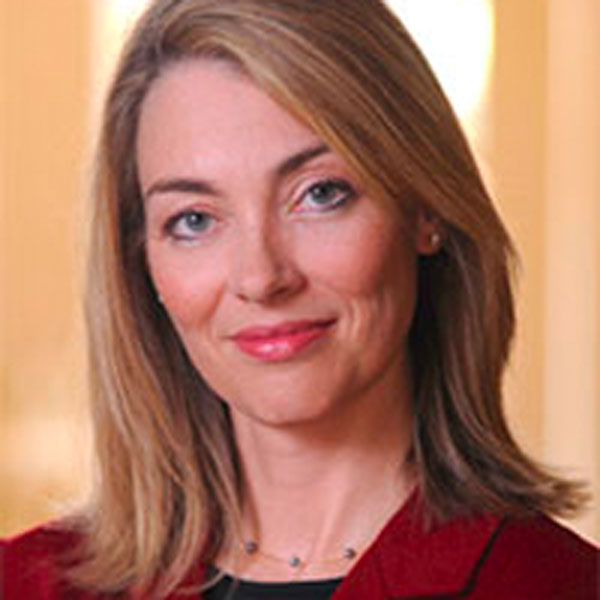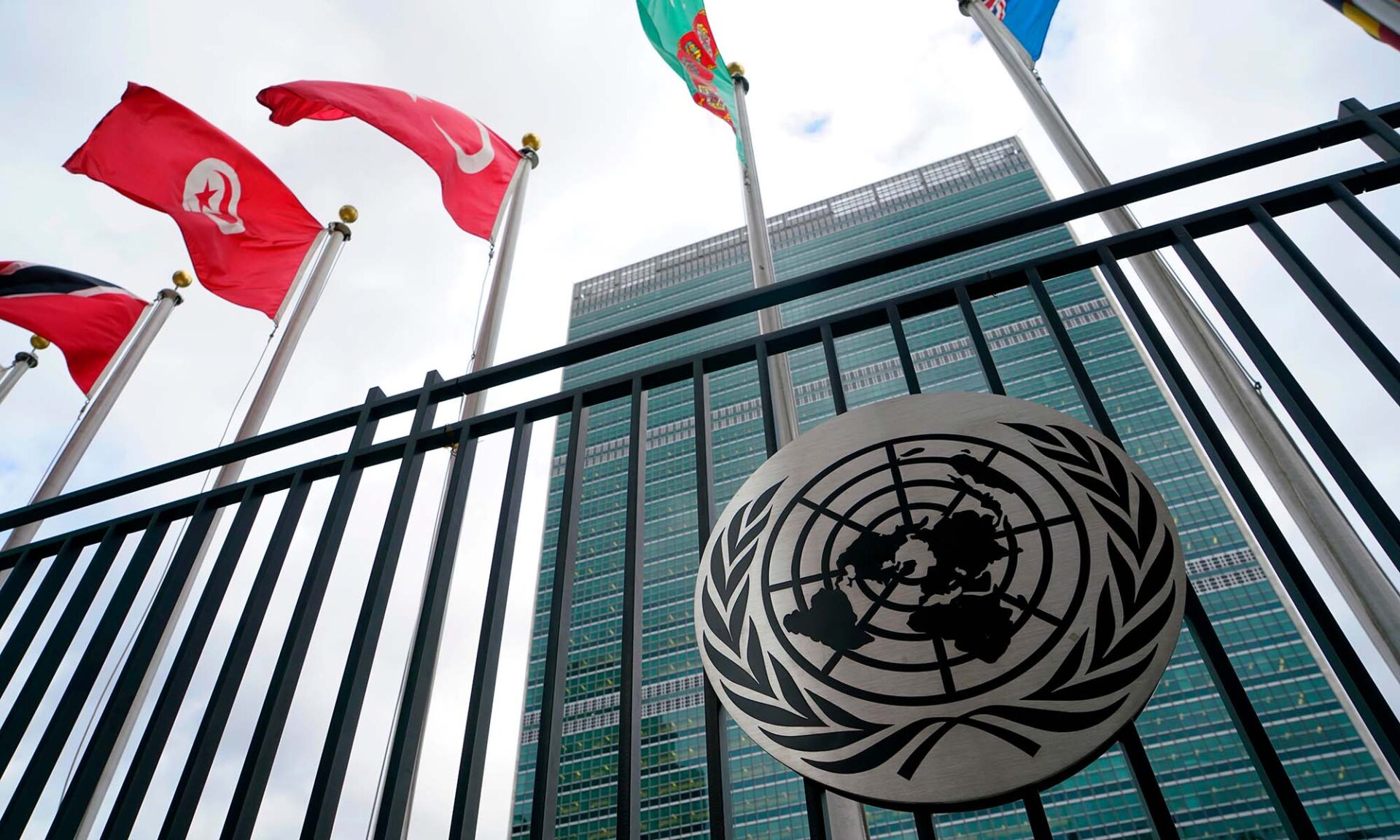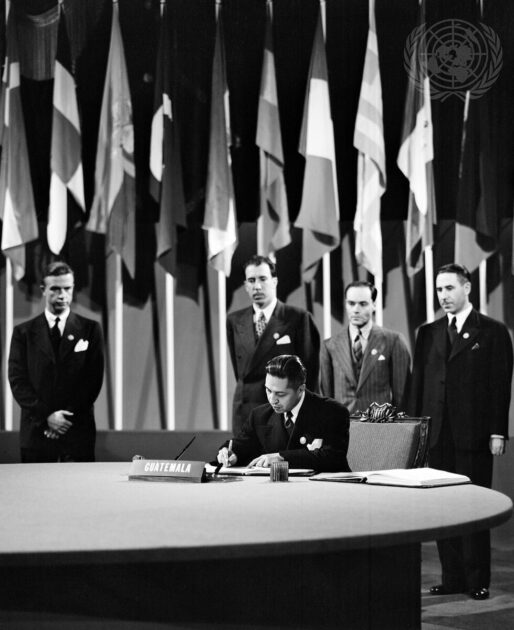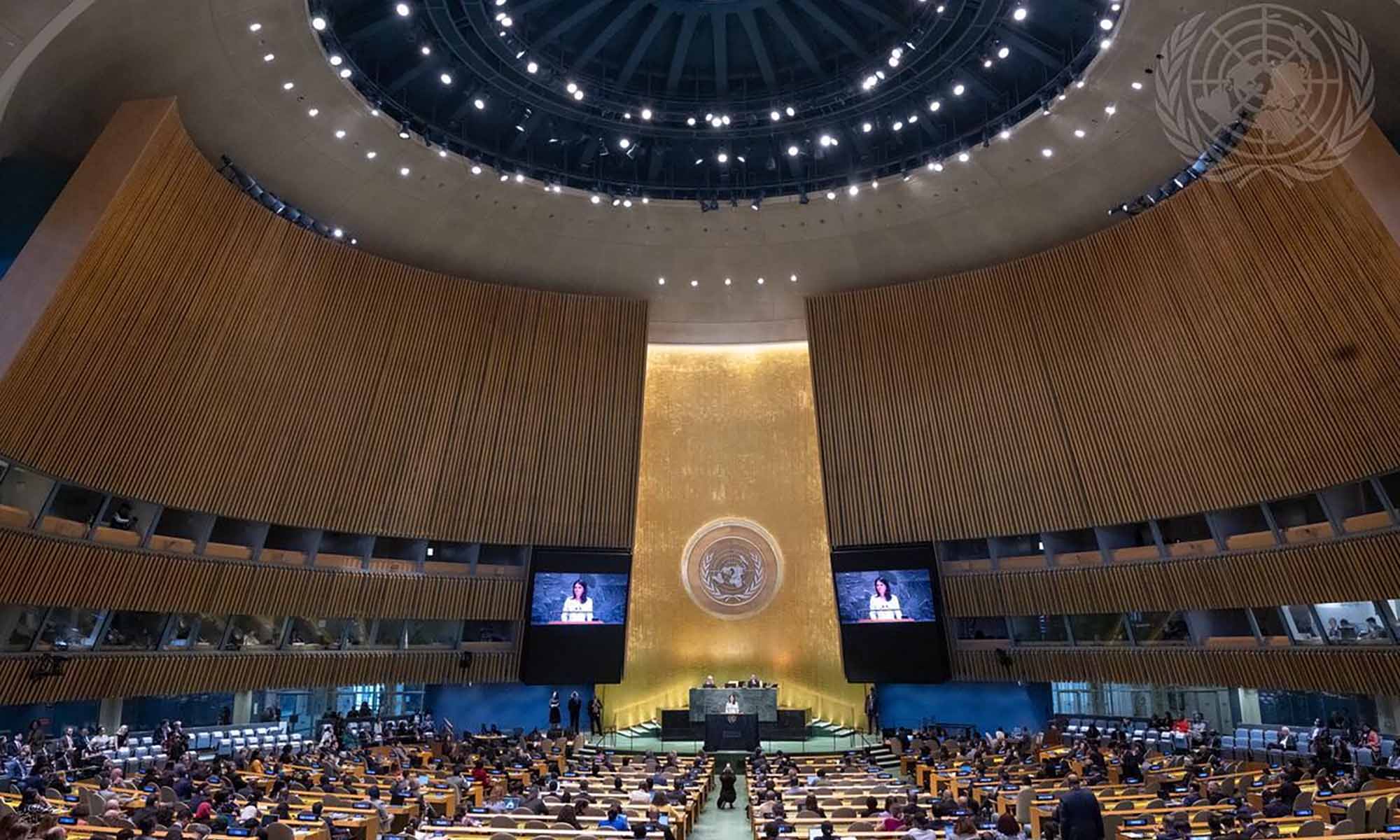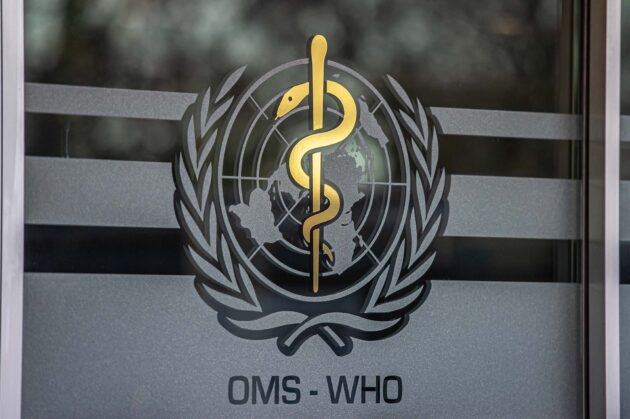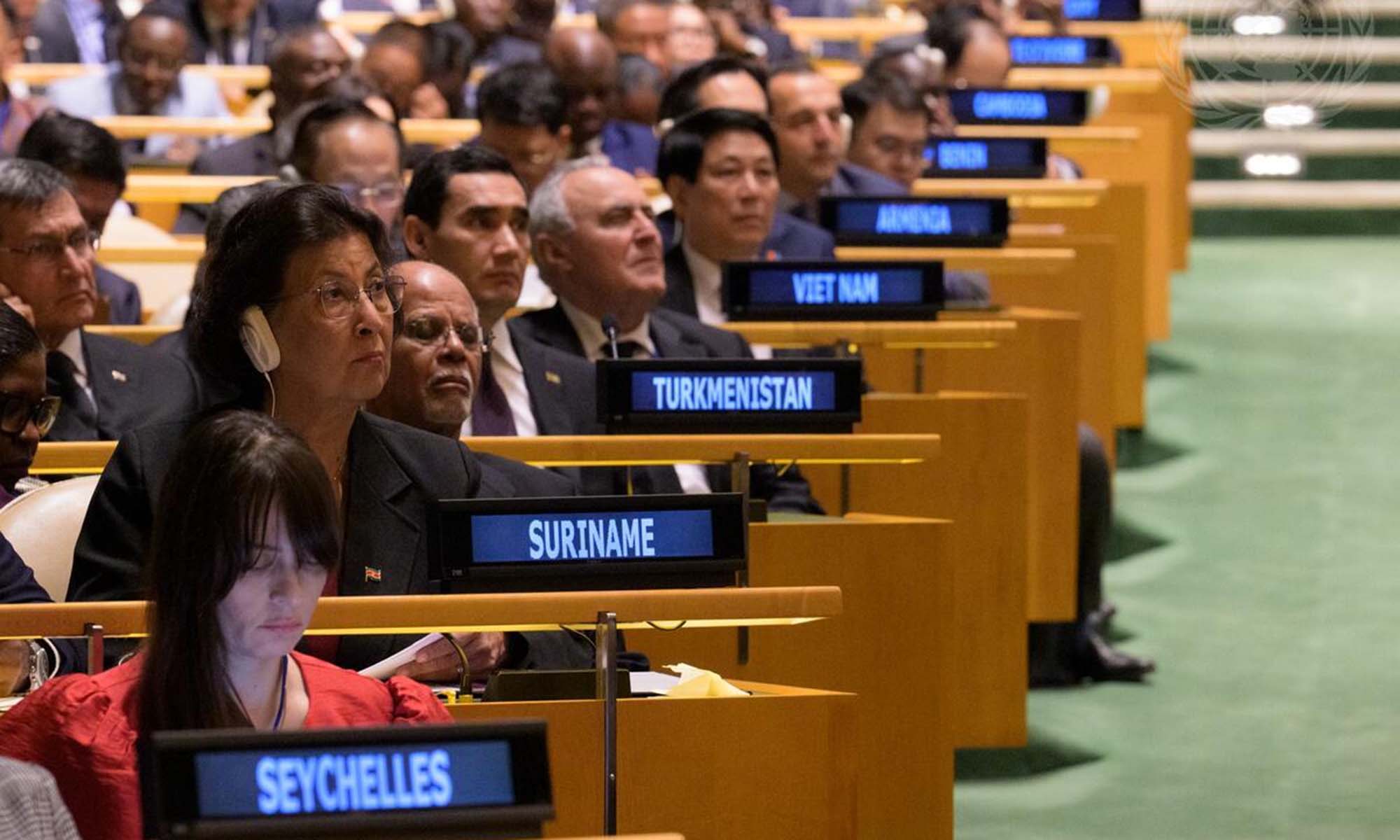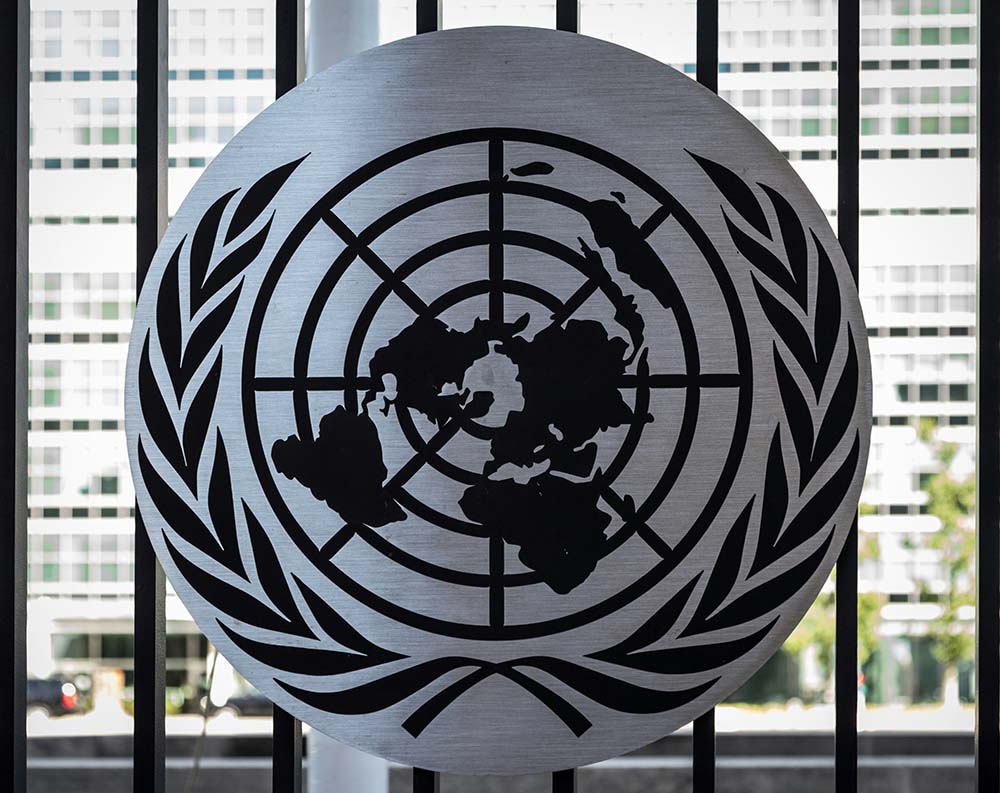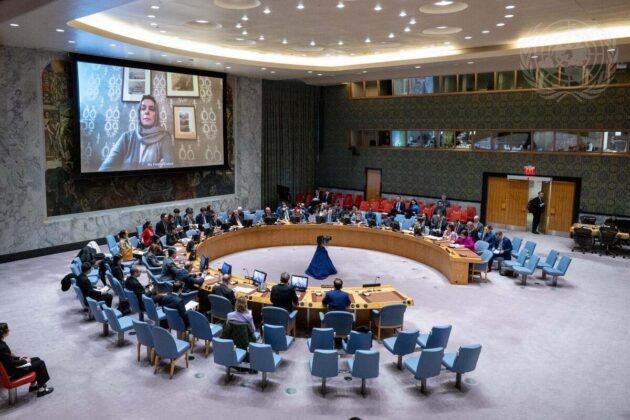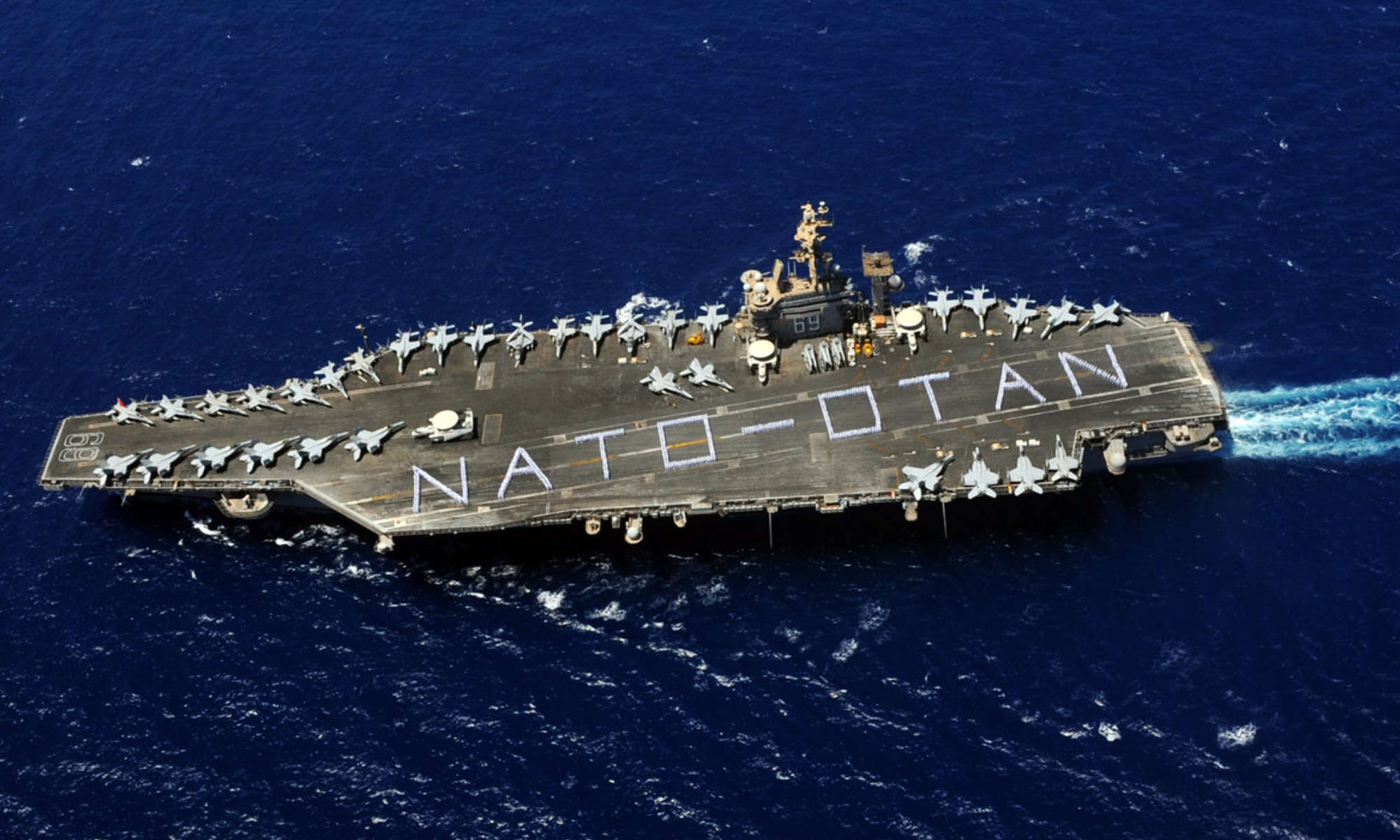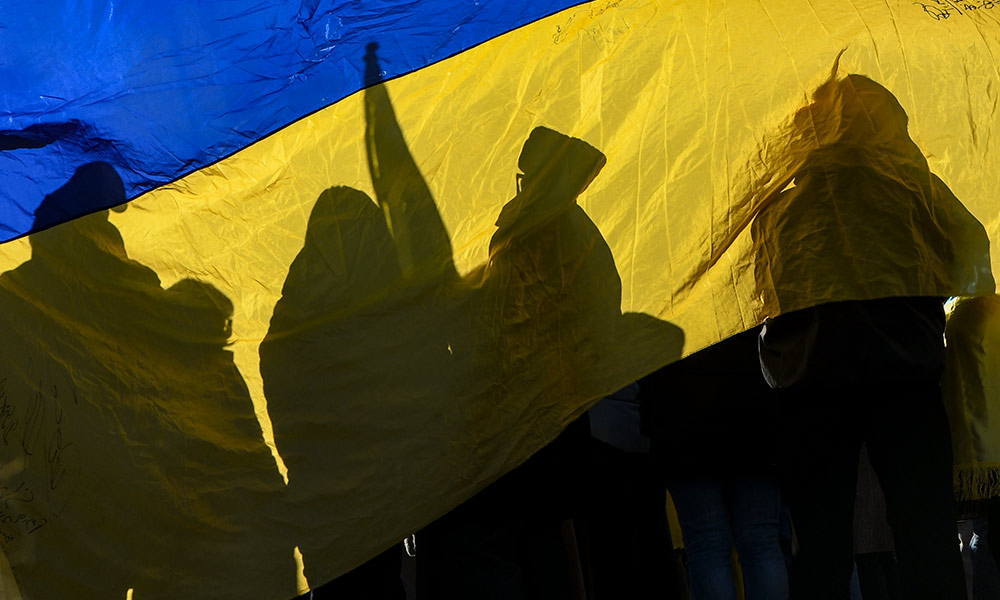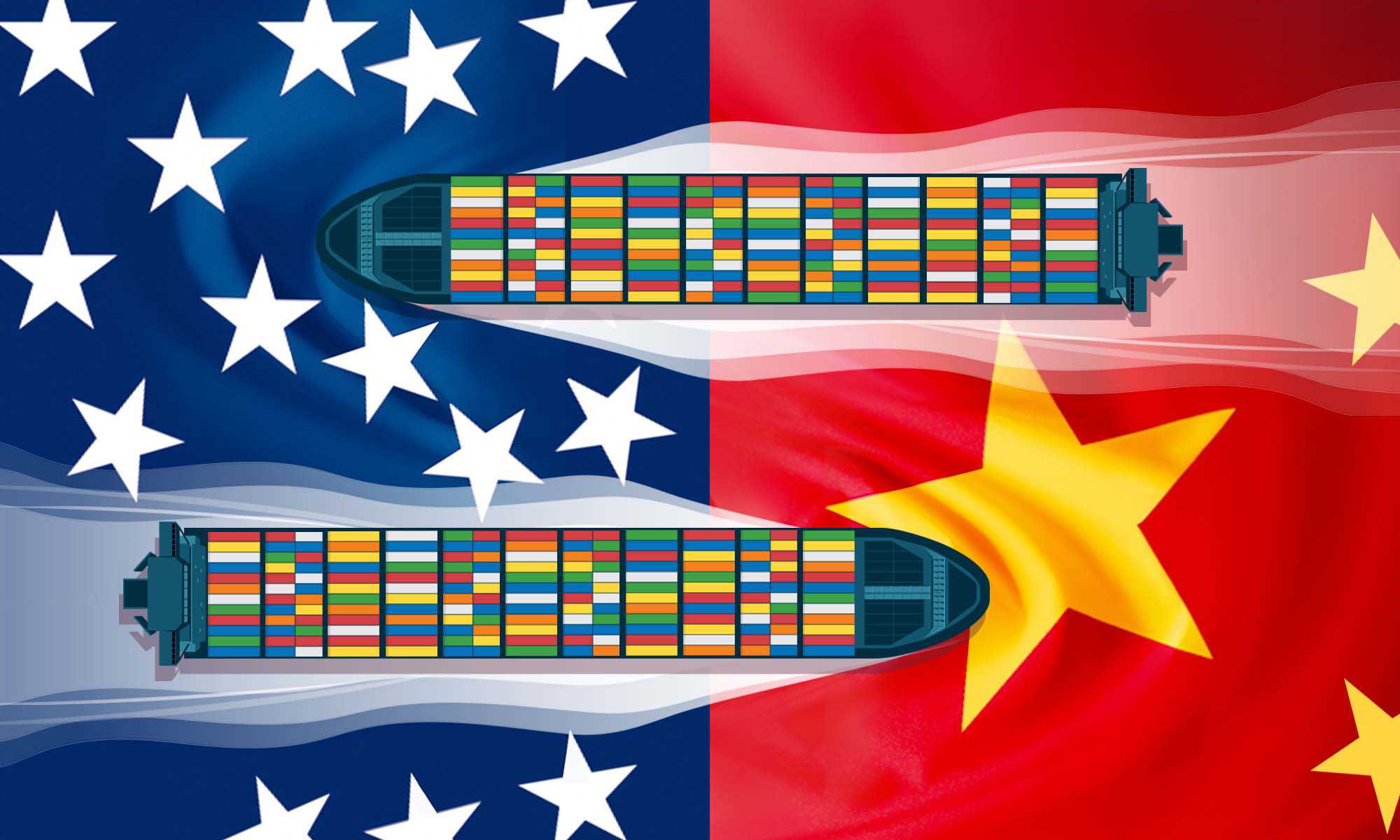The UN’s history, says Stone, is studded with episodes when consensus among the Security Council’s permanent members enabled real breakthroughs. One of the earliest came in Indonesia in 1947, when Dutch forces fought to recolonize the southeast Asian archipelago. After years of brutal war, the UN Security Council forced a ceasefire and passed a successful resolution that demanded a Dutch withdrawal.
“International cooperation around problems that are of general interest is still worth investing in.”
“The muscle behind that,” says Stone, “came from the Truman administration, which threatened to withhold Marshall Plan funds from the Netherlands if it failed to comply, but there also was a united front of the five permanent members.”
The model held in 1991, after Iraq invaded Kuwait and the Security Council agreed to act. When Iraq refused to heed the demand to withdraw, the UN Security Council passed Resolution 678, authorizing member states to use “all necessary means” to force Iraq out of Kuwait. As an aside, Stone points out that the US ended up collecting more monetary contributions from UN members toward its military expenses than the total cost of the war against Iraq. “We actually made a profit on the First Gulf War,” he notes.
In 2015, with the Joint Comprehensive Plan of Action (JCPOA), also known as the Iran nuclear deal, the UN proved critical.
“The Obama administration was able to get all five Security Council members on board, which meant that if anyone tried to run around the Iran sanctions, they could be blocked, rendering the sanctions extraordinarily effective.”
But such successes, Stone notes, are the exception rather than the rule.


